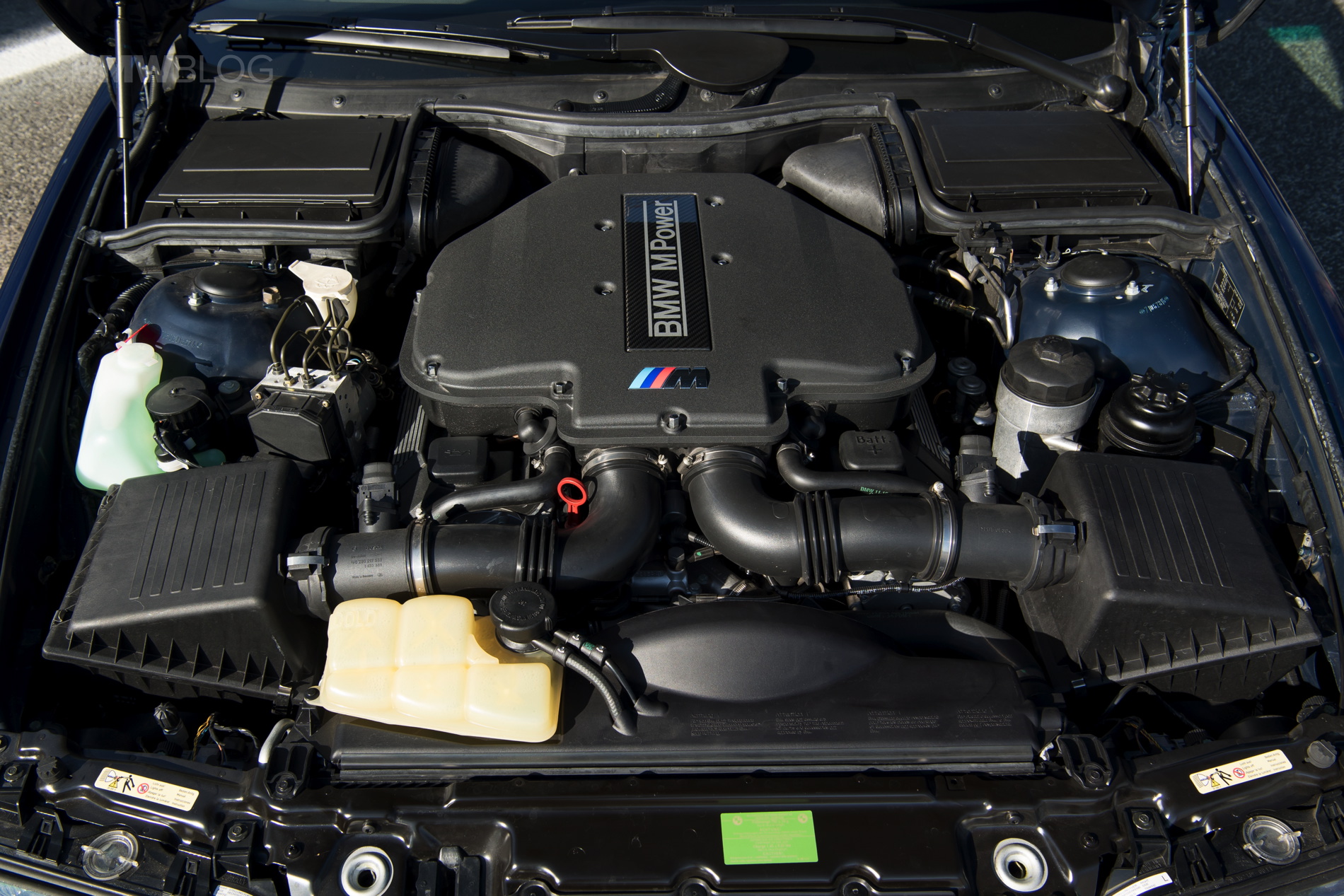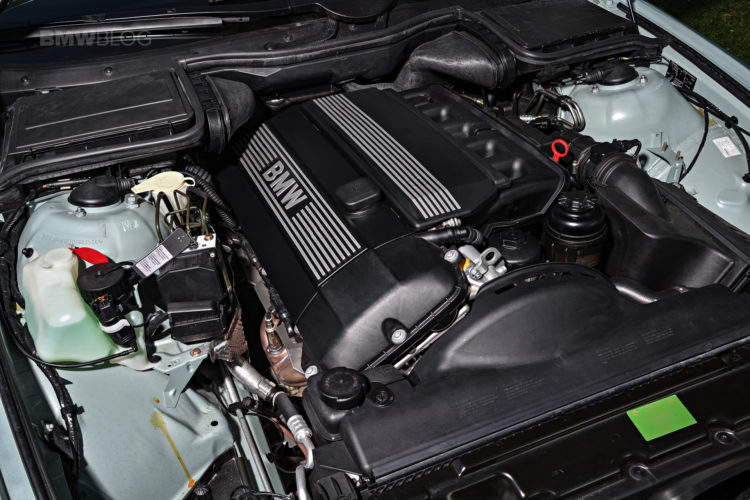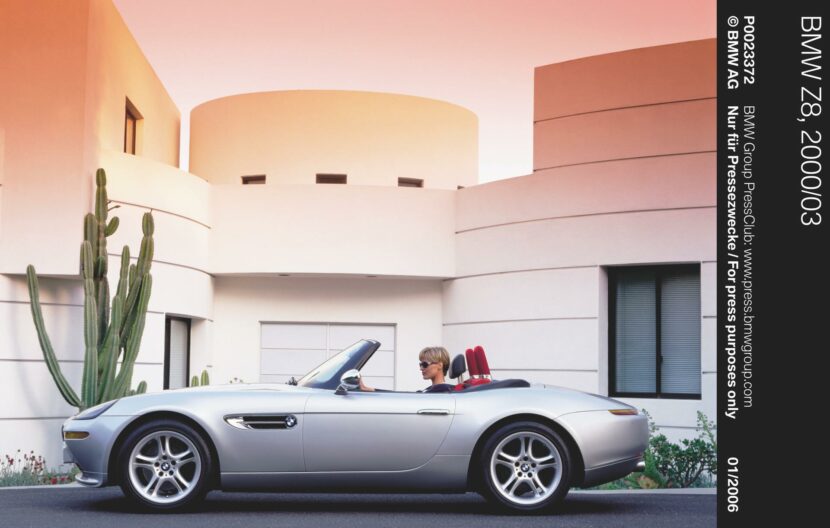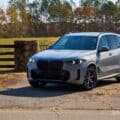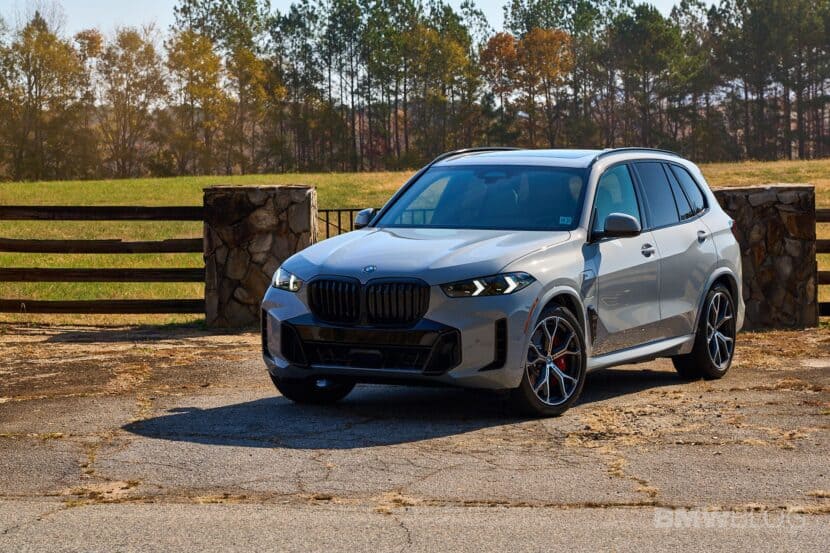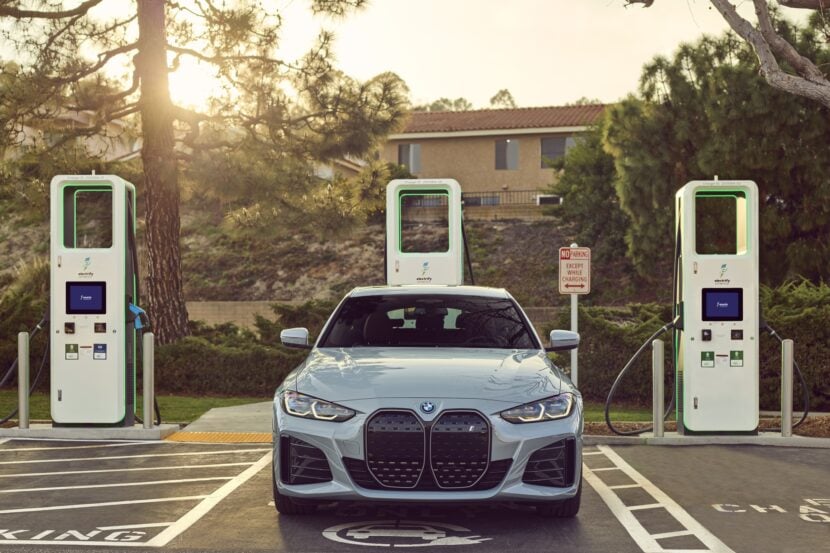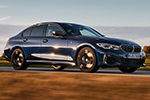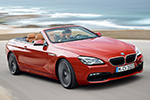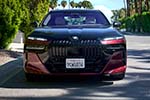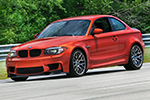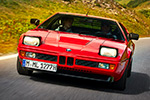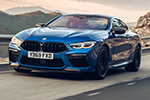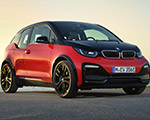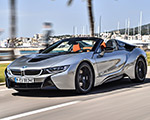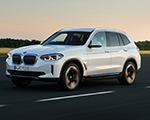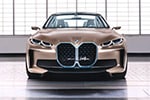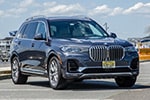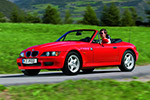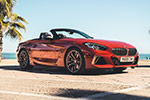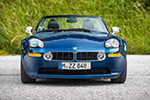The BMW S62 engine (full model code S62B50) represents a high-water mark in BMW’s naturally aspirated engine lineage. As the high-performance variant of the M62, it was exclusively fitted to the iconic E39 M5 and the stunningly beautiful E52 Z8 roadster. Introduced between 1998 and 2003, the S62 marked BMW’s first-ever V8 engine featuring double-VANOS—variable valve timing technology applied to both intake and exhaust camshafts—enhancing performance, responsiveness, and efficiency. With a robust 394 horsepower, individual throttle bodies for unmatched throttle precision, and an exhilarating 7,000 RPM redline complemented by a glorious V8 soundtrack, the S62 remains legendary for its blend of reliability, efficiency, and tuning potential, continuing to captivate enthusiasts decades after its debut.
Engine Overview and Characteristics
The BMW S62B50 represents an era of uncompromising performance, delivering a remarkable combination of raw power and engineering sophistication. Derived from the M62 engine architecture, the S62 was heavily refined by BMW’s Motorsport division to become one of the marque’s most revered naturally aspirated engines.
Key features include:
- Displacement: 4,941 cc (5.0 liters)
- Configuration: V8, naturally aspirated
- Output: 394 hp (400 PS) and 369 lb-ft (500 Nm) torque
- Redline: 7,000 RPM
- Valvetrain: DOHC, double-VANOS variable valve timing
- Intake: Individual throttle bodies (ITBs) with electronic drive-by-wire control
Differences Compared To The M62
- Individual electronically actuated throttle bodies for each cylinder
- Driver-selectable throttle response modes (“normal” and “sport”)
- Increased compression ratio (11.0:1 vs. 10.0:1 in the M62)
- Double-row timing chain (single-row in the M62)
- Hollow camshafts for reduced weight
- Siemens MSS 52 engine control unit
- Dual air intakes and dual mass flow sensors
- Semi-dry sump oil system with two additional scavenging pumps for improved lubrication during aggressive cornering
- Aluminum engine block and cylinder heads (shared with M62)
- Engine assembly at BMW’s Dingolfing plant
Reliability and Common Issues
For a high-performance engine from this era, the S62B50 has earned a reputation for reliability—if maintained correctly. Robust internal components, such as forged crankshaft and connecting rods, make the engine capable of high mileage with proper care. However, several known weak points require attention:
- Timing Chain Guides: Typically the most talked-about weakness, plastic chain guides degrade over time, causing noise and potential catastrophic failure if neglected. Preventive replacement around 100,000 miles (160,000 km) is recommended.
- VANOS System: The double-VANOS is sophisticated but susceptible to seal deterioration, which can affect performance and drivability. Rebuilding or replacing VANOS units at higher mileage restores performance and prevents more severe issues.
- Cooling System: Like other BMW engines of the era, the S62’s cooling system components (radiators, water pumps, expansion tanks) benefit from regular inspections and preventive replacements to maintain reliability.
- Rod Bearings: Though more robust compared to later BMW engines (such as the S65/S85), high-mileage examples can still experience rod-bearing wear. Proactive replacement significantly extends engine longevity.
Routine oil changes, careful monitoring of timing chains, VANOS, and cooling system maintenance are crucial to ensuring reliability.
Efficiency and Fuel Economy
Given its performance-oriented nature, the S62 isn’t renowned for fuel efficiency, especially by today’s standards. Officially rated around 13-15 MPG (city) and 21-23 MPG (highway), efficiency heavily depends on driving style. However, driven moderately, the S62 can achieve respectable highway fuel economy, particularly for long-distance cruising. Real-world combined averages usually hover between 15-18 MPG.
Tuning and Modification Potential
Enthusiasts appreciate the S62B50 for its tuning potential. While not a prime candidate for massive power gains without forced induction, significant improvements in performance, sound, and drivability are possible:
- ECU Remaps: High-quality tuning software can optimize throttle response, remove speed limiters, and offer modest horsepower gains (typically around 20-30 hp).
- Intake and Exhaust: Aftermarket performance intakes and exhaust systems enhance throttle response, acoustics, and add incremental horsepower.
- Headers: High-performance headers significantly improve exhaust flow, boost mid-to-high RPM torque, and increase top-end horsepower.
- Forced Induction: Though expensive, supercharger kits are available, capable of safely pushing power beyond 550 hp with appropriate supporting modifications and engine strengthening.
- Individual Throttle Body Enhancements: Tuning or aftermarket ITB setups can sharpen response and further enhance intake acoustics.
The Legendary Sound
The S62’s sound profile is unforgettable—deep, resonant, and melodic. The individual throttle bodies produce a characteristically aggressive induction roar, while the V8 exhaust note delivers a throaty and refined soundtrack that intensifies toward the 7,000 RPM redline. This combination of mechanical precision and auditory drama elevates the driving experience beyond mere statistics, making the S62 an enthusiast favorite even decades after its production.
Applications:
- 1998–2003 BMW M5 (E39)
- 2000–2003 BMW Z8
- 2005–2010 Ascari KZ1
- 2006 Ascari A10


